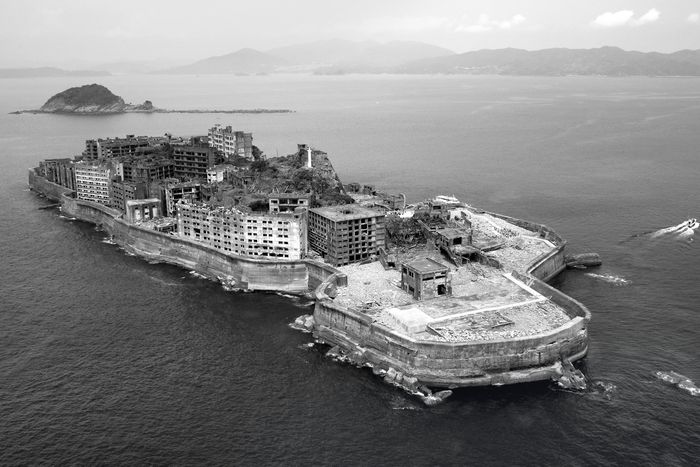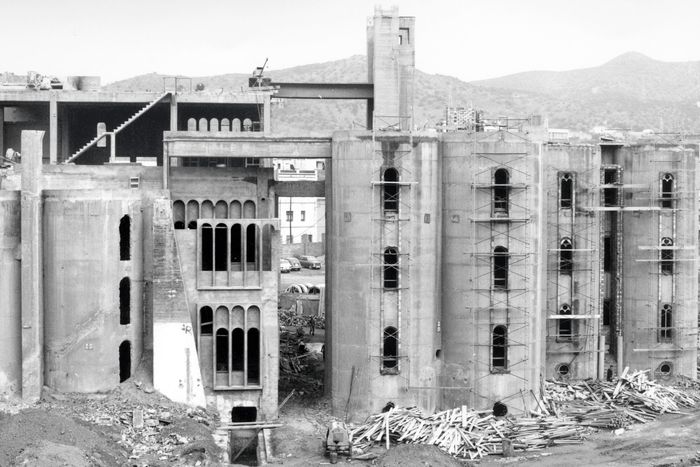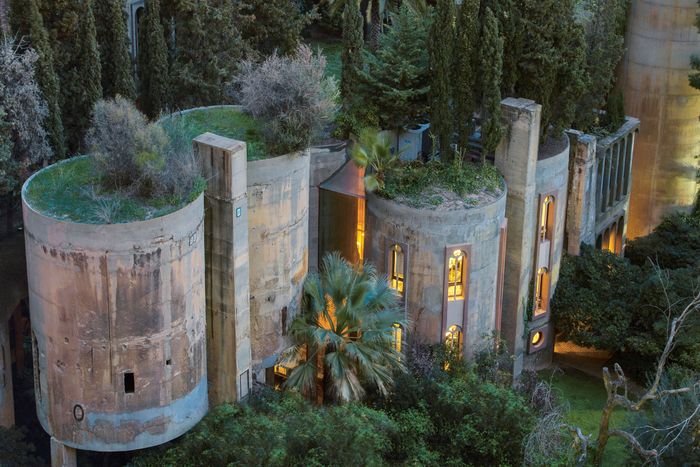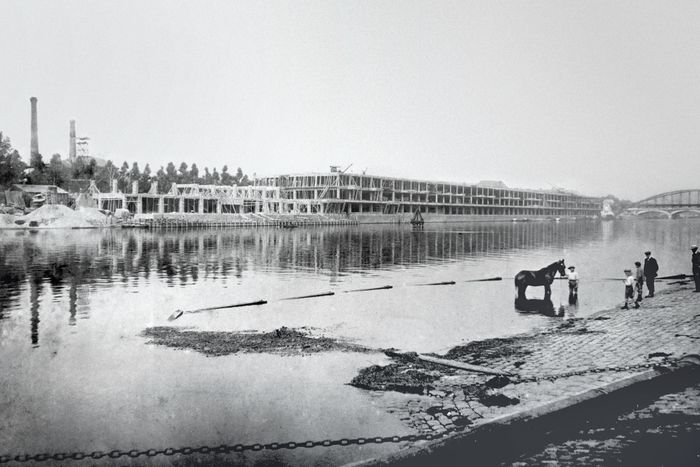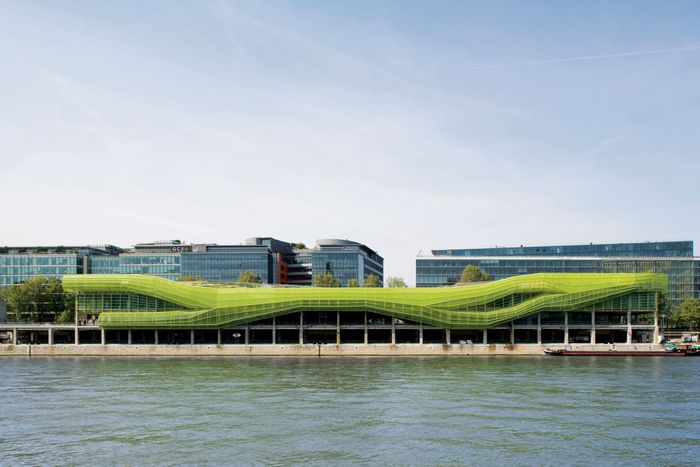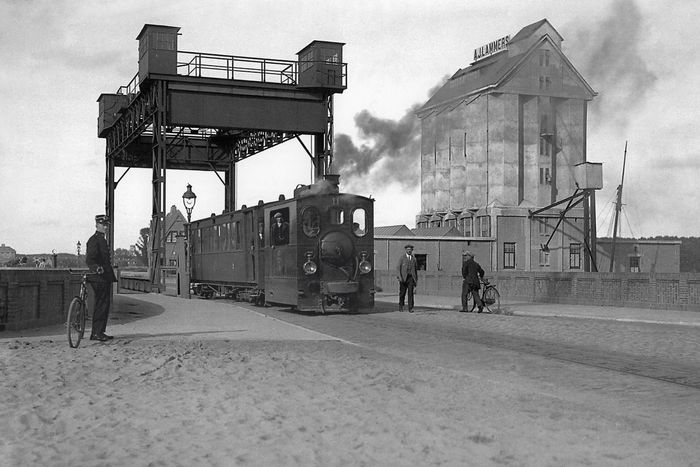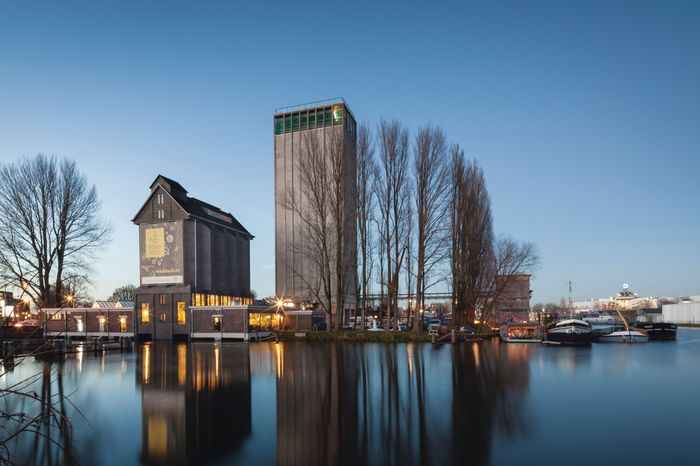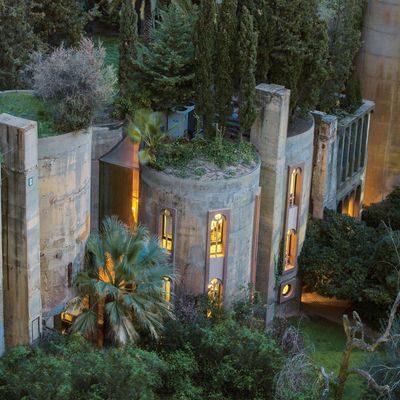
Dan Barasch is an optimist about obsolete structures. In his book, Ruin and Redemption, 250 pages stuffed with images of broken down, abandoned, and revitalized architecture, he wanted tell the stories behind the ruins that have been preserved from demolition and found new life. Not everything, in other words, has to be torn down.
ÔÇ£ItÔÇÖs meant to be a little bit of a warning signal for us all,ÔÇØ said Barasch. ÔÇ£LetÔÇÖs preserve the historic spaces we have and reclaim them in a way that honors history but isnÔÇÖt afraid to take risks with the redesign.ÔÇØ
Barasch has become something of an expert in this. About a decade ago, inspired in part by the runaway success of the High Line, he and some friends came up with the idea of the Lowline, a project that would, thanks to an innovative natural lighting system, turn the disused trolley terminal at the base of the Manhattan side of the Williamsburg Bridge into the worldÔÇÖs first underground park. It threw some great fundraisers, got a lot of press, captured the imagination of Lena Dunham, and garnered city support. The subterranean space, which would cost about $80 million, could, at least in theory, open as soon as 2021.
It was his work on the Lowline that gave Barasch the idea for the book. As part of his research, he studied the fate of other neglected spaces and became fascinated by our obsession with decrepit infrastructure. Such sites are, he thinks, a ÔÇ£puzzle from the past.ÔÇØ
Below, for example, are a few sites from Ruin and Redemption that were either abandoned or transformed. There are islands and factories that fell into disuse, along with grain silos and trading docks that have been converted into cultural touchstones.
Abandoned
Gunkanjima Island (1890-1974)
Completed 1890; abandoned 1974
On an island off the coast of Japan, the Mitsubishi Corporation operated a prolific coal-mining facility on Gunkanjima Island. Abandoned abruptly in the mid-ÔÇÖ70s, the ÔÇ£ghost townÔÇØ of concrete buildings earned the nickname ÔÇ£Battleship IslandÔÇØ owing to its resemblance to an armored warship. Though it sat untouched for decades, the area was opened to tourists in 2009.
Glenwood Power Plant
Completed 1907; abandoned 1968
To provide electrical energy for the New York Central Railroad, the Glenwood Power Plant was built north of New York City, along the Hudson River. In 1963, as its turbines became outdated, the power station was decommissioned and entirely abandoned shortly thereafter. By the aughts, the dilapidated site, marred by graffiti, had earned a reputation as the site of gang activity and violence.
Transformed
Cement Factory (Before)
Completed 1921; abandoned 1968
On the outskirts of Barcelona, a giant cement factory was constructed during the first phase of World War IÔÇôera industrialization. The facility comprised over 30 silos, two and a half miles of underground tunnels, and huge engine rooms. By the 1970s, the complex had become know to locals as an eyesore and a source of pollution.
La Fabrica (After)
Transformed 1975
La Fabrica (the Factory) was transformed in 1975 by Ricardo Bofill. After demolishing over two-thirds of the structures on the site, he worked with Catalan craftsmen to preserve the rest. The exterior of the building opens to lush green gardens with olive trees, eucalyptus, and cypress. The design is widely recognized as a masterpiece of postmodern architecture.
Les Docks Parisian (Before)
Completed 1907; abandoned 1984
To create an industrial warehouse for the river trade in the early-20th century, the Port of Paris commissioned a design from Morin-Goustiaux. Over the years, the warehouse became less essential for shipping and storage, and by the 1980s, the space was used primarily as a carpet warehouse and examination facility.
Les Docks Cite de la Monde et du Design (After)
Transformed 2009
In 2004, the City of Paris held a design competition to reinvigorate the site. Parisian architects Jakob + MacFarlane opted to retain the remnant skeleton of the warehouse while replacing the exterior with a green glass fa├ºade. Today, the docks are one of ParisÔÇÖs top cultural attractions.
De Zwarte Silo (Before)
Completed 1923; abandoned 1990
Along the harbor in Deventer, a series of storage silos was built by the A.J. Lammers Company in 1923. A symbol of the 20th-century transformation of the harbor, it served as a critical part of trade shipment for many years; it was abandoned in 1990.
Fooddock (After)
Transformed 2015
After lying in desuetude until 2010, Dutch architects Wenink Holtkamp were commissioned to reimagine the former grain silo as a food hall. The design team retained the majority of its original elements while adding a collection of food trucks and stalls. In 2015, the site reopened as Fooddock.
Ruin and Redemption, by Dan Barasch (Phaidon Press), is out now.


